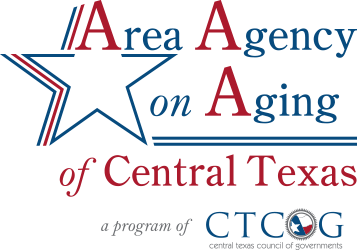Costs of Falls Among Older Adults
Treating fall injuries is very costly. In 2013, direct medical costs for falls—what patients and insurance companies pay—totaled $34 billion.1 Because the U.S. population is aging, both the number of falls and the costs to treat fall injuries are likely to rise.
- Each year, millions of people 65 and older are treated in emergency departments because of falls.2
- Over 700,000 patients a year are hospitalized because of a fall injury, most often because of a broken hip or head injury.2
- Fall injuries are among the 20 most expensive medical conditions.3
- The average hospital cost for a fall injury is $35,000.1
- The costs of treating fall injuries goes up with age.1
- Medicare pays for about 78% of the costs of falls.1
How Are Costs Calculated?
Direct medical costs include fees for hospital and nursing home care, doctors and other professional services, rehabilitation, community-based services, use of medical equipment, prescription drugs, and insurance processing.
Direct costs do not account for the long-term effects of these injuries such as disability, dependence on others, lost time from work and household duties, and reduced quality of life.
References
- Stevens JA, Corso PS, Finkelstein EA, Miller TR. The costs of fatal and nonfatal falls among older adults. Injury Prevention 2006a;12:290–5.
- Centers for Disease Control and Prevention, National Center for Injury Prevention and Control. Web–based Injury Statistics Query and Reporting System (WISQARS) [online]. Accessed August 15, 2013.
- Carroll, N. V., Slattum, P. W., & Cox, F. M. (2005). The cost of falls among the community-dwelling elderly. J Manag Care Pharm, 11(4), 307-16.

